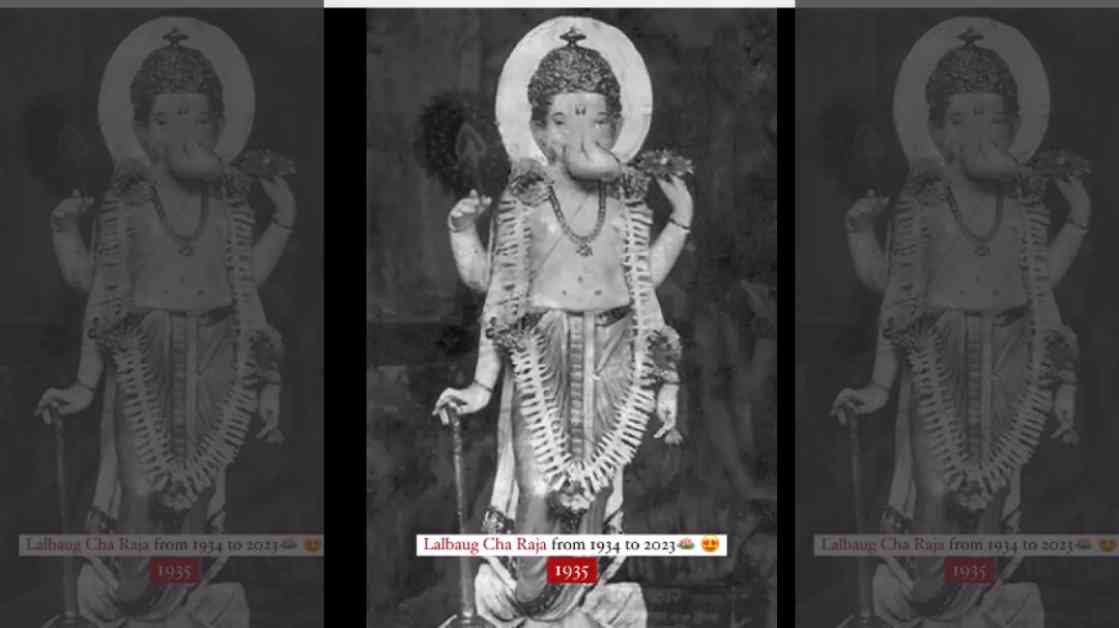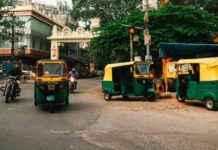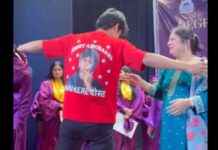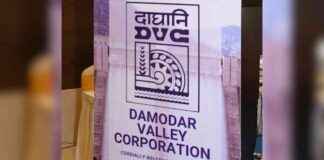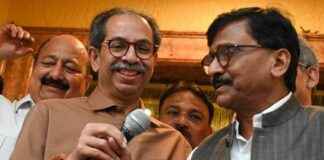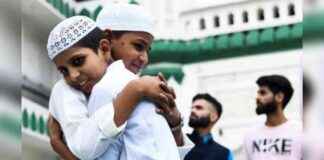The Evolution of Lalbaugcha Raja: A Journey Through Time
Every year, during the auspicious occasion of Ganesh Chaturthi, millions of devotees flock to Mumbai to seek blessings from Lalbaugcha Raja. This iconic deity holds a special place in the hearts of worshippers, with many believing that any wish made at this sacred place will soon be fulfilled. As the years have passed, the pandal at Lalbaugcha Raja has transformed into a magnificent spectacle, attracting visitors from far and wide.
Recently, rare photos of Bappa’s idols from the early days of establishment have surfaced online, offering a glimpse into the evolution of the Ganpati statues from 1934 to the present day. These images not only showcase the intricate craftsmanship of the idols but also highlight the changes in Bappa’s appearance over the decades. The viral video, which features a mix of black and white pictures and recent color photographs, has captivated audiences on social media, shedding light on the divine legacy of Lalbaugcha Raja.
One user on social media commented, “Incredible! 90 years of devotion and tradition. May this legacy continue to inspire generations to come.” Another user marveled at the creativity of the old statues, emphasizing the artistic evolution of the idols over the years. The journey of Lalbaugcha Raja from 1934 to 2024 is a testament to the unwavering faith and devotion of its worshippers.
The Legacy of Lalbaugcha Raja: From Humble Beginnings to Cultural Phenomenon
The story of Lalbaugcha Raja dates back to 1934 when a group of local fishermen came together to form the Lalbaugcha Raja Sarvjanik Ganeshotsav Mandal. These humble beginnings marked the start of a significant cultural event that would grow in popularity over the years. The Mandal’s origins can be traced back to the closure of the market in Peru Chawl in 1931, where the local fishermen and traders made a vow to install a Ganapati idol if they were provided with a new market space. Thus, in 1934, the installation of Ganpati began in the Lalbagh market, marking the birth of Lalbaugcha Raja.
Over time, word spread about the miraculous powers of Bappa at Lalbaugcha Raja, with worshippers believing that their wishes would come true after paying homage at the pandal. This belief led to a surge in devotees visiting the idol during the Ganesh Utsav season. By the early 2000s, Lalbaugcha Raja had garnered significant media attention, attracting a diverse array of visitors, including social workers, Bollywood stars, cricket players, businessmen, and prominent leaders.
The transformation of Lalbaugcha Raja from a local gathering to a cultural phenomenon is a testament to the enduring faith and devotion of its followers. The Mandal’s commitment to preserving traditions and fostering a sense of community has solidified Lalbaugcha Raja’s place as a beloved deity in Mumbai.
Celebrating 91 Years of Devotion: The Annual Festival of Lalbaugcha Raja
In 2024, Lalbaugcha Raja marked its 91st year of Ganesh Utsav, a milestone that was celebrated with fervor and enthusiasm. During the 10-day festival season, the Lalbaugcha Raja Sarvjanik Ganeshotsav Mandal welcomed a large number of devotees to partake in the festivities. On September 5, the public was granted the virat darshan, the first viewing of Ganpati Bappa’s idols, before the main darshan opened from September 7 for Ganesh Aagman to September 17 for Ganpati Visarjan.
The annual festival of Lalbaugcha Raja continues to be a vibrant and joyous occasion, drawing worshippers from all walks of life to seek blessings and offer prayers to Lord Ganesha. The pandal’s grandeur and splendor have only grown over the years, with each iteration of the idol showcasing the artistic prowess and devotion of its creators.
As we reflect on the evolution of Lalbaugcha Raja from 1934 to 2024, we are reminded of the enduring legacy of this beloved deity and the profound impact it has had on the lives of countless devotees. May the divine presence of Bappa at Lalbaugcha Raja continue to inspire faith, unity, and devotion for generations to come.
